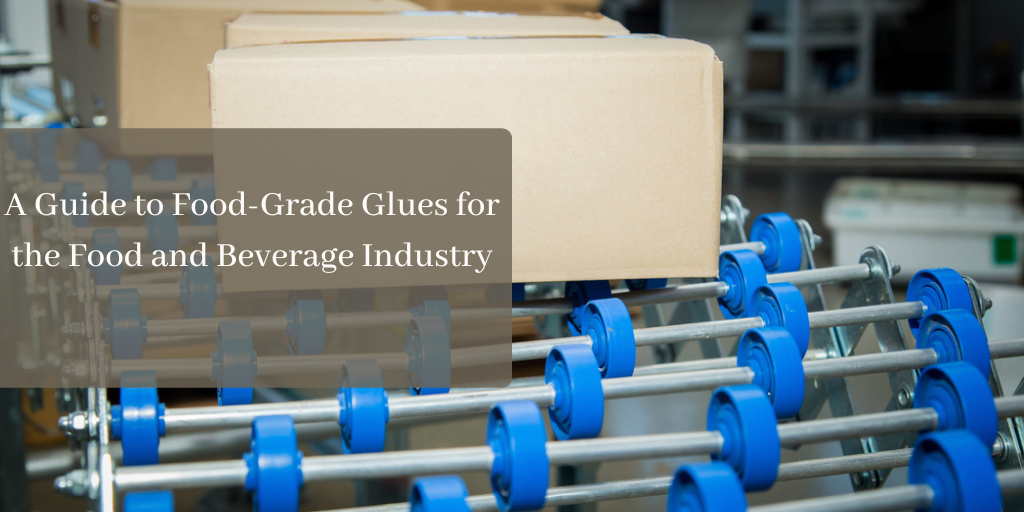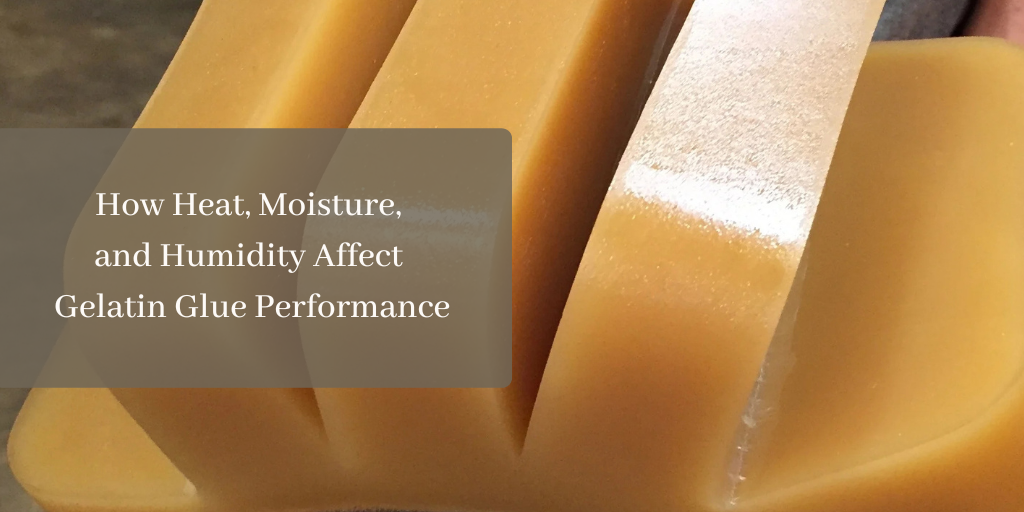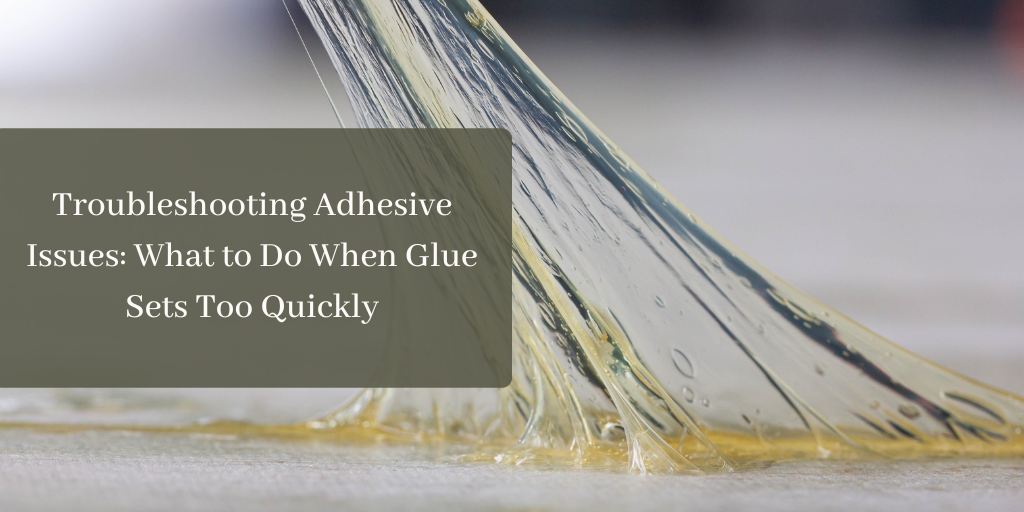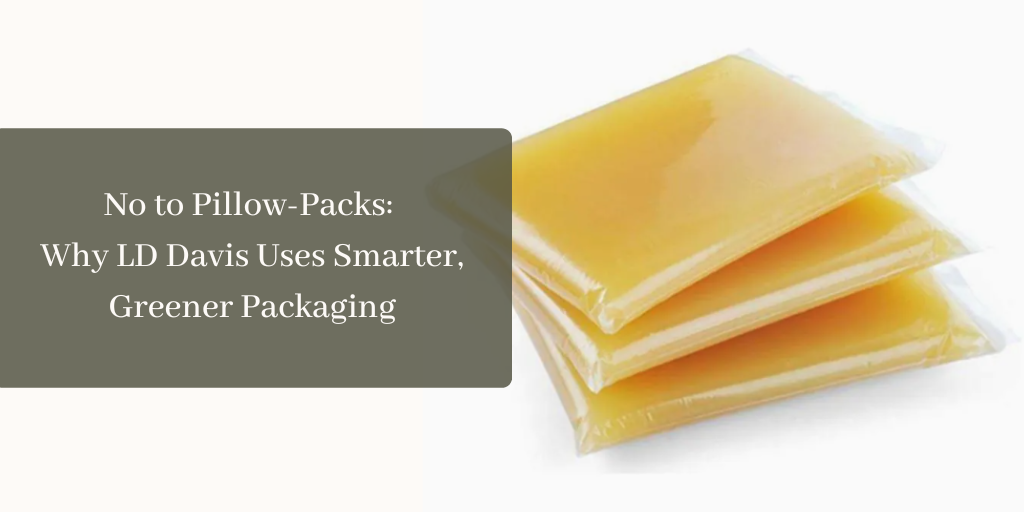For food and beverage manufacturers, safety isn’t just about the ingredient inside the package, but also the materials that hold it together. Food-grade glues play a critical role in keeping products secure, labeled, and ready for distribution. A carefully selected glue will also help minimize interruptions on the packaging line to reduce bottlenecks. These adhesives are held to strict safety standards designed to protect consumers and prevent potential health risks.
Read More >When summer temperatures rise and humidity soars, your glue’s performance may start to change, sometimes subtly, sometimes significantly. At LD Davis, we often receive seasonal calls from manufacturers reporting slower set times, stringy glue, or inconsistent bonds. The culprit? Environmental factors like heat and humidity.
Read More >We’ve all been there. You've prepped your materials, your machinery is humming, and then your glue sets before you've even had a chance to properly bond. The project must be scrapped and started again. It's a common but costly headache for anyone who has worked with glue. However, it’s possible to avoid the frustration and get ahead of the cause of your glue setting too quickly.
Read More >At LD Davis, sustainability isn’t just about what’s inside the box, it’s also about how it’s delivered.
Read More >








